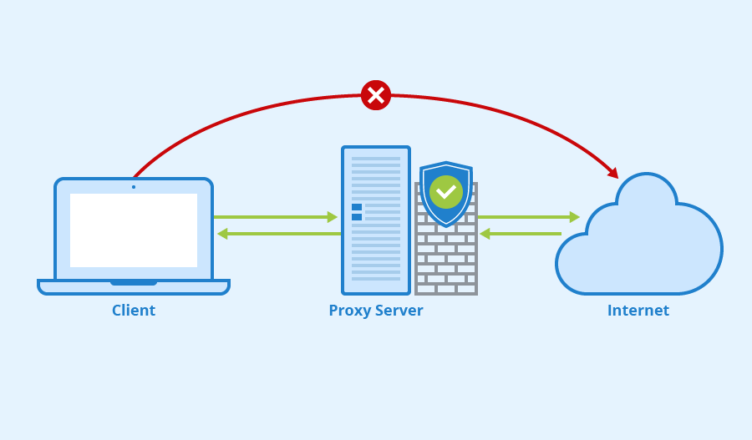Creating a responsive website is essential in today’s diverse digital landscape. A responsive design ensures that your website provides a seamless user experience across all devices, from desktops to smartphones. This article outlines the best practices for creating a responsive website, covering planning, design, performance optimization, continuous improvement, and the benefits of working with a responsive web development company.
Introduction
In a world where users access the internet through various devices, a responsive website is crucial for delivering a consistent and engaging user experience. Responsive web design adapts to different screen sizes, ensuring that your content is accessible and visually appealing on any device.
Section 1: Planning Your Responsive Design
Importance of Planning
Effective planning is the foundation of a successful responsive website. Identifying your target audience, understanding their needs, and setting clear goals are essential steps in the planning process. Consider the types of devices your audience uses and the contexts in which they will be accessing your site.
Research and Analysis
Conduct thorough research to understand current design trends and user expectations. Analyzing competitor websites can provide valuable insights into what works and what doesn’t in your industry. This research will inform your design decisions and help you create a more effective and user-friendly website.
Section 2: Designing for Flexibility
Flexible Grid Layouts
Using flexible grid layouts allows your website to adapt to different screen sizes. A fluid grid layout scales proportionally based on the user’s screen, ensuring that the design remains consistent. This approach involves using relative units like percentages instead of fixed units like pixels.
CSS Media Queries
CSS media queries enable you to apply different styles based on the device’s characteristics, such as width, height, and orientation. Media queries help create breakpoints where the layout can change to improve the user experience on various devices. This ensures that your website looks good and functions well on any screen size.
Flexible Images and Media
Ensuring that images and media elements are responsive is crucial. Use CSS techniques like max-width: 100% to make images scale within their containing elements, preventing them from overflowing on smaller screens. This approach helps maintain visual integrity and performance across devices.
Section 3: Enhancing Mobile Experience
Mobile-First Design
Adopting a mobile-first design approach means designing for the smallest screen size first and progressively enhancing the design for larger screens. This strategy ensures that essential content and features are prioritized for mobile users. Starting with the mobile experience in mind helps create a streamlined and efficient design.
Touch-Friendly Elements
Designing touch-friendly elements, such as larger buttons and easy-to-tap links, enhances the mobile user experience. Avoid using small or closely spaced elements that can be difficult to interact with on touchscreens. Ensure that interactive elements are easy to identify and use, reducing frustration for mobile users.
Section 4: Performance Optimization
Importance of Website Speed
Website speed is a critical factor in user experience and SEO. Slow loading times can lead to high bounce rates and lower search engine rankings. Users expect websites to load quickly, especially on mobile devices where data connections may be slower.
Techniques for Optimization
-
Optimize Images: Compress images without sacrificing quality to reduce loading times.
-
Minimize HTTP Requests: Reduce the number of elements on a page to minimize HTTP requests.
-
Leverage Browser Caching: Enable browser caching to store static resources, reducing load times for returning visitors.
-
Use a Content Delivery Network (CDN): A CDN can distribute your content across multiple servers, reducing load times for users around the world.
Section 5: Testing and Iteration
Tools for Testing
Regularly test your responsive design on various devices and screen sizes to identify and resolve issues. Tools like Chrome Developer Tools and Firefox Responsive Design Mode allow you to test and debug responsive designs in real-time. Emulators and real devices should both be used for comprehensive testing.
Importance of Continuous Improvement
Responsive web design is an ongoing process. Continuously monitor user feedback, analyze performance metrics, and make necessary adjustments to ensure a high-quality user experience. Regular updates and improvements help maintain the effectiveness of your design.
Section 6: Working with a Responsive Websites Development Company
Benefits of Professional Assistance
Partnering with a responsive websites development company can significantly streamline the process of creating and maintaining a responsive website. These professionals have the expertise to ensure your website is fully optimized for all devices. They can help implement best practices, perform thorough testing, and provide ongoing maintenance.
What to Look for in a Development Company
When selecting a responsive websites development company, consider their portfolio, client reviews, and the range of services they offer. A good company will have a proven track record of creating high-quality, responsive websites. Look for a company that understands your business goals and can deliver a customized solution that meets your needs.
Case Study
A financial services firm partnered with a responsive websites development company to redesign their website. The new responsive design improved user experience across all devices, leading to a 25% increase in mobile engagement and a notable improvement in conversion rates. The development company implemented flexible grid layouts, optimized performance, and ensured thorough testing, resulting in a successful project.
Conclusion
Creating a responsive website involves careful planning, flexible design, performance optimization, and continuous testing and improvement. By following these best practices, you can ensure that your website provides a seamless and engaging experience across all devices. Partnering with a responsive websites development company can further enhance your website’s performance and ensure it meets the needs of your diverse audience. In today’s digital landscape, responsive web design is not just a trend but a necessity for reaching and retaining users.

